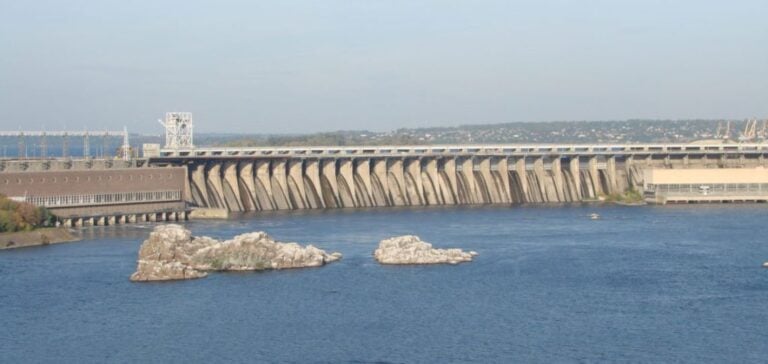On March 22, 2024, eight missiles hit the DniproHES hydroelectric power plant in Zaporijjia, causing extensive damage. According to official Ukrainian statements, this crucial facility was taken out of service shortly after the attack on the Zaporizhia nuclear power plant. Despite the considerable damage, the authorities assure us that there is no immediate danger to the surrounding population. The Ukrainian Ministry of Energy, Guerman Galushchenko, confirmed that the situation was under control and that there was no risk of the dam bursting.
Immediate impact and victims
Images posted on social networks show the dam in flames following the attack. A tragic incident on the dam claimed the life of a 62-year-old bus driver. The regional governor of Zaporijjia reported that the attack had also left at least three people dead and 25 wounded in the town.
Geopolitical and historical context
DniproHES lies some 60 km upstream of the Zaporijjia nuclear power plant, currently occupied by Russian forces. Built almost a century ago by the Soviet Union, this hydroelectric power station has a history marked by partial destruction during the Second World War. The repetition of such an act in the current context of conflict between Ukraine and Russia raises significant concerns. The proximity of the nuclear power plant adds an extra dimension of risk in the event of escalation.
Environmental precedents and current concerns
The attack on DniproHES revives memories of the Kakhovka dam disaster in June 2023, which led to major flooding and numerous casualties. Comparisons with this earlier event highlight the environmental risks associated with today’s war. The damage inflicted on such critical infrastructure raises questions about preparedness and response to natural disasters exacerbated by conflict. Responsibility for the destruction of Kakhovka remains a bone of contention between Kiev and Moscow, adding a further layer of complexity to the management of these crises.
The partial destruction of DniproHES in 1941 by the Soviet army had already caused a major catastrophe, with thousands of casualties. The recent attack on this essential infrastructure raises concerns about the possibility of a similar disaster in an already tense context. Managing the consequences of such attacks, particularly in strategic areas close to nuclear facilities, represents a major challenge for Ukraine. The situation highlights the importance of protecting civilian infrastructures and preventing environmental disasters in wartime.






















